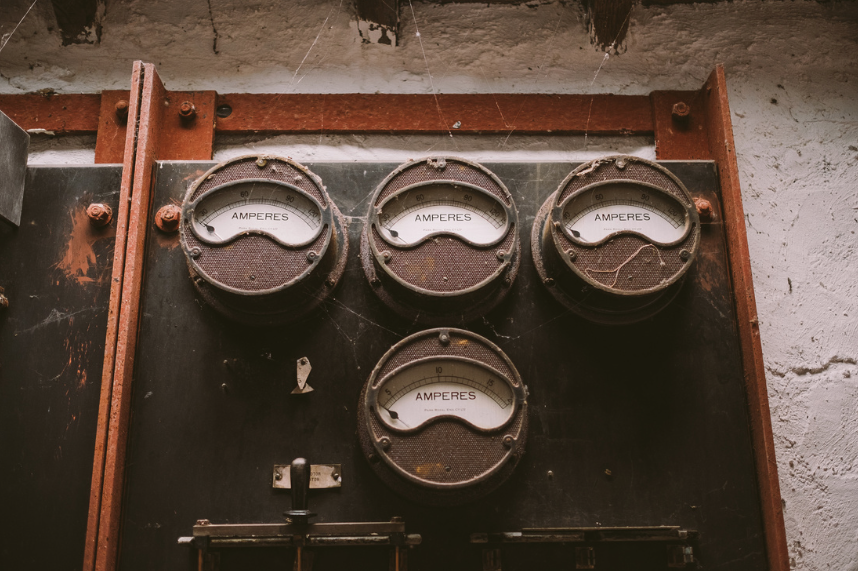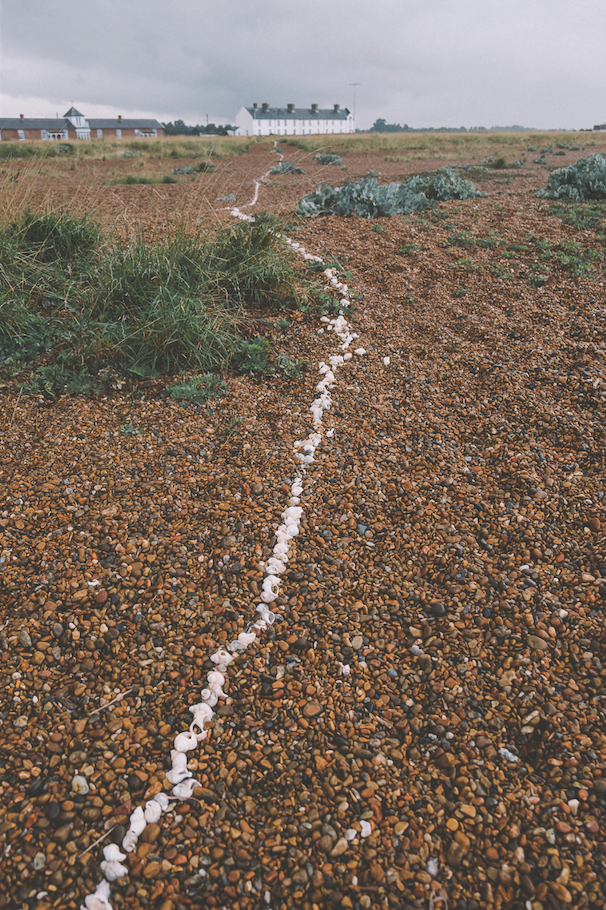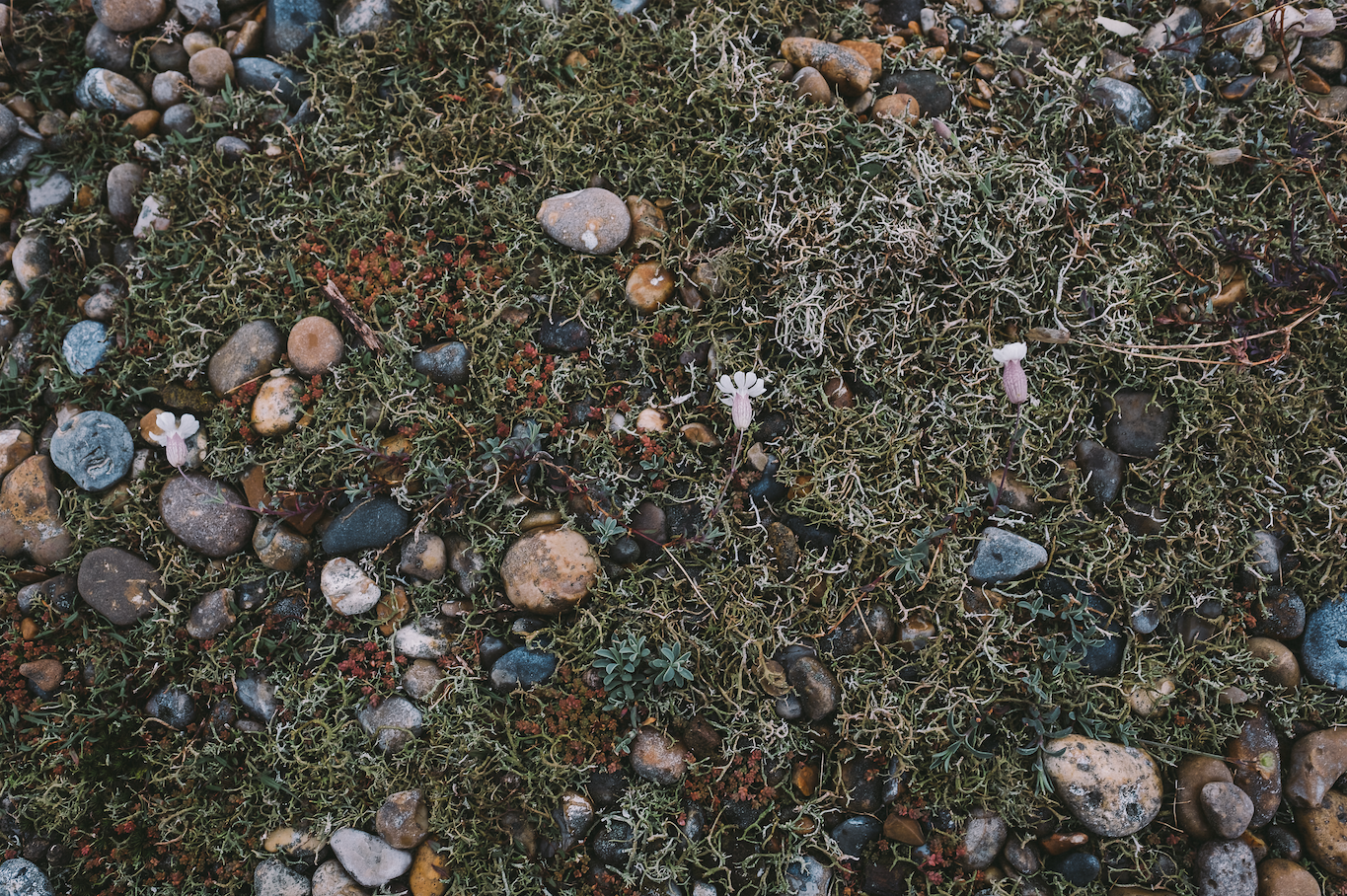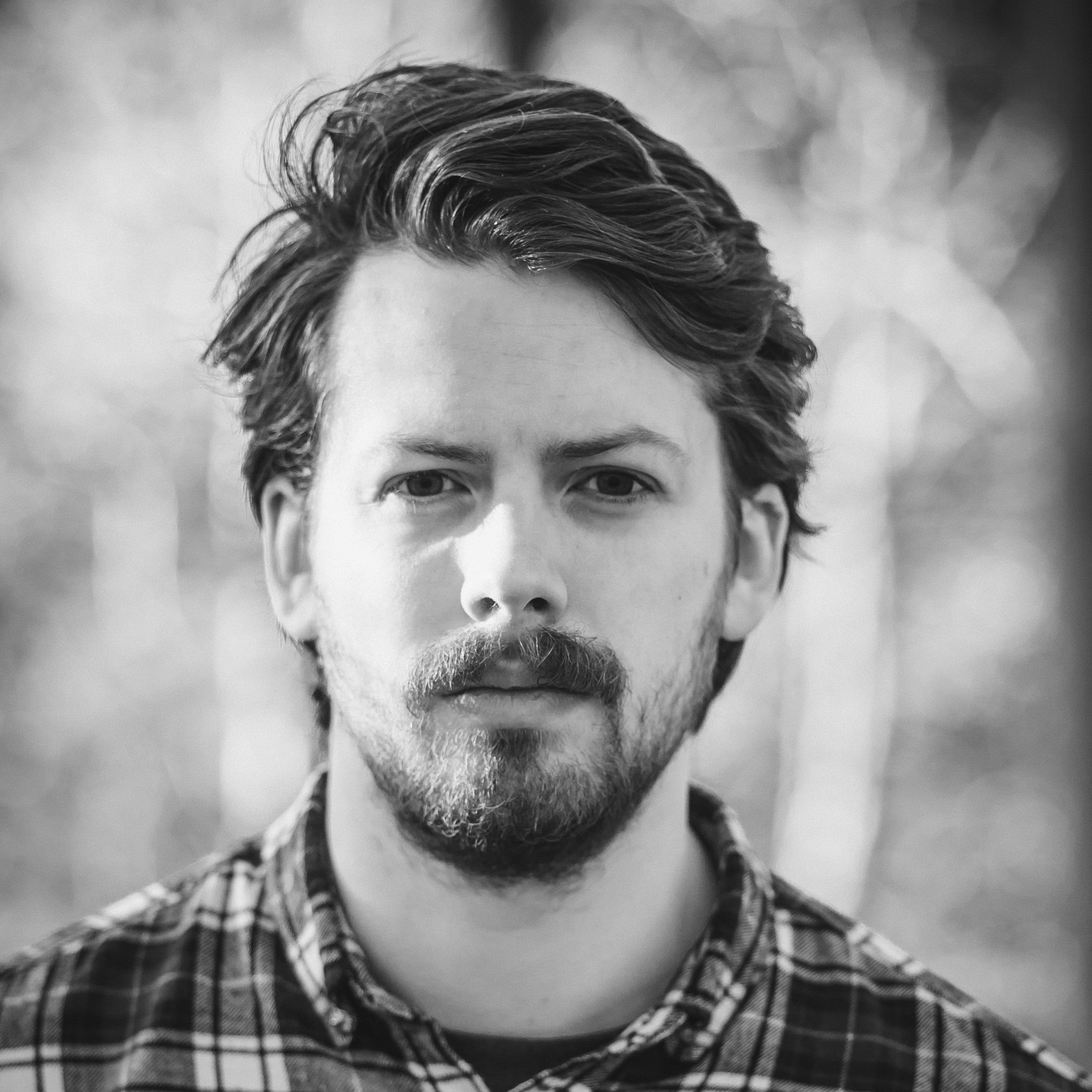We caught up with photographer Colin Nicholls to ask how he found shooting the wild uplands and abandoned slate quarries of northwest Wales
Colin Nicholls doing what he does best.
How did you find shooting the Snowdonian landscape? And how did this compare with shooting East Anglia for issue 7?
I am a big fan of Snowdonia, so to get to head there on a press trip was a real treat. I found it very different to East Anglia, much more walking up mountains and hills, and a much rougher landscape altogether. As expected for Snowdonia, we encountered some wet weather, so my weather-sealed cameras came in very useful. I enjoyed visiting both places but seeing and climbing mountains is something that always excites me.
What were the highlights of the trip for you?
Definitely going back to the Dinorwic slate quarry. I first visited there a few years back and loved seeing the abandoned slate workings that overlook Snowdon itself. To explore the remains of a Goliath of an industry – it really is like stepping back in time. We also had incredible weather up there with the light painting the landscape, and we were met along the way by some wild goats, one of which features on the cover!
Any low points?
I’m pretty easy going so it takes a lot to dampen my spirits, however the first night we camped the wind was howling and I got about two hours sleep. Safe to say the next day was a struggle but it was all good fun.
Where would you most like to photograph next and why?
I think for the first couple of months of the year I’ll explore my local area of Herefordshire. There’s so much around here that’s overlooked in favour of the ‘bigger’ and more well-known places to visit, and with photography being so much about light it’s nice to know that if it’s going to be a good day I can head out somewhere close for a quick and successful trip.
You're a frequent visitor to Iceland, aren't you? What draws you back again and again?
That I am! 2018 saw my fourth trip to Iceland, where I drove solo around the country, camping along the way. It was incredible! At the time Iceland was having the worst summer for 100 years, but I was lucky and the weather turned and I had some crisp, clear days and got the opportunity to take photos that make me very happy. I shot a fair bit of video, too. Overall the trip was one of the most content times of my life. I keep getting drawn back to the country’s endless beauty, epic landscapes and sparse population – it’s a place I’ll continue to visit for the rest of my life.
Who are your landscape photography heroes?
That’s a very hard question. I tend to take inspiration from a wide range of photographic disciplines. Interestingly I find war photography to be one of the most inspiring – people tasked with documenting the most hostile places in the world, while having to bear in mind the technical aspect of photography and tell a story. I try to surround myself with photography books and follow decent photographers on Instagram. Seeing what other people are up to, create stunning images, is a real drive for pushing my own abilities.
Colin, you’re known as the ‘king of snacks’ on long press trips. What’s your ultimate photography fuel?
Ha, awesome question. Cold cans of cola are number one on a hot day hiking up mountains. And cereal bars. I can survive on those bad boys for days.














































































